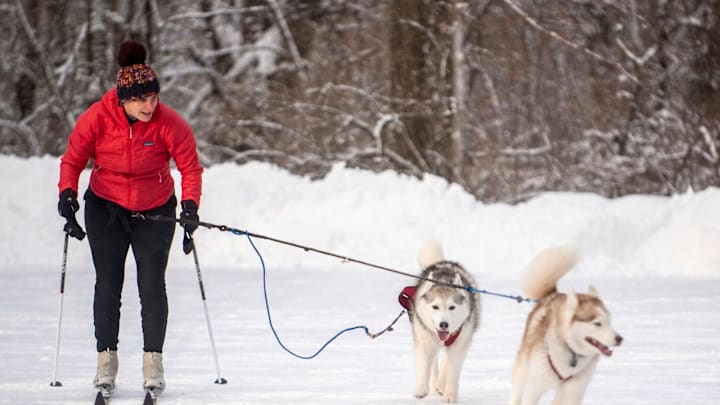6 Adventure Sports You’ve Never Heard of but Might Enjoy

Adventure sports are on the rise, particularly with climbing and surfing. However, the world of adventure is vast and includes a wide range of lesser-known sports. To take your adventures to the next level, check out these six exciting sports.
Noboarding
Like snowboarding, riders will stand on a board and cruise down the slopes. However, noboarding does not involve any bindings. Likely to appeal to snowboarders, surfers, or skateboarders, this sport heavily relies on balance and technique.
Ice Diving
Ice diving is a form of scuba diving that happens underneath the ice. Not only is this sport for recreational purposes, but it is also heavily used in the research field. Participants will create a hole in the ice where they will enter and exit the water. Individuals who ice dive face additional risks, such as hypothermia and the potential freezing of equipment. To combat this, it is recommended to wear a dry suit and use a regulator specifically designed for cold water.
Monoskiing
Invented in the late 1950s, this form of skiing involves using a single ski wider than the standard. On the ski, both feet attach to the bindings and will point forward. For adaptive monoskiing, which is what the sport was originally designed for, participants can sit down on a seat that is attached to the ski as they ride down the slopes.
Heliskiing
In heliskiing, rather than riding on a ski lift to reach the top of a mountain, users will use a helicopter. Once at the top, they will ski back down. The benefit of heliskiing is that it allows participants to access more remote locations with steeper terrain to explore.
River Bugging
If you enjoy whitewater adventures, this may be your calling. For this sport, participants sit on a small, single-person inflatable craft while navigating the river. River bugging originated in New Zealand and has since spread to other international locations. Variations of this sport, such as bugpolo, have been created along the way.
Skijoring
This winter activity was developed in Scandinavia to travel through snowy conditions, later becoming a sport. Participants attach themselves to a pair of skis and are pulled by an animal, such as a dog, horse, or a vehicle.
